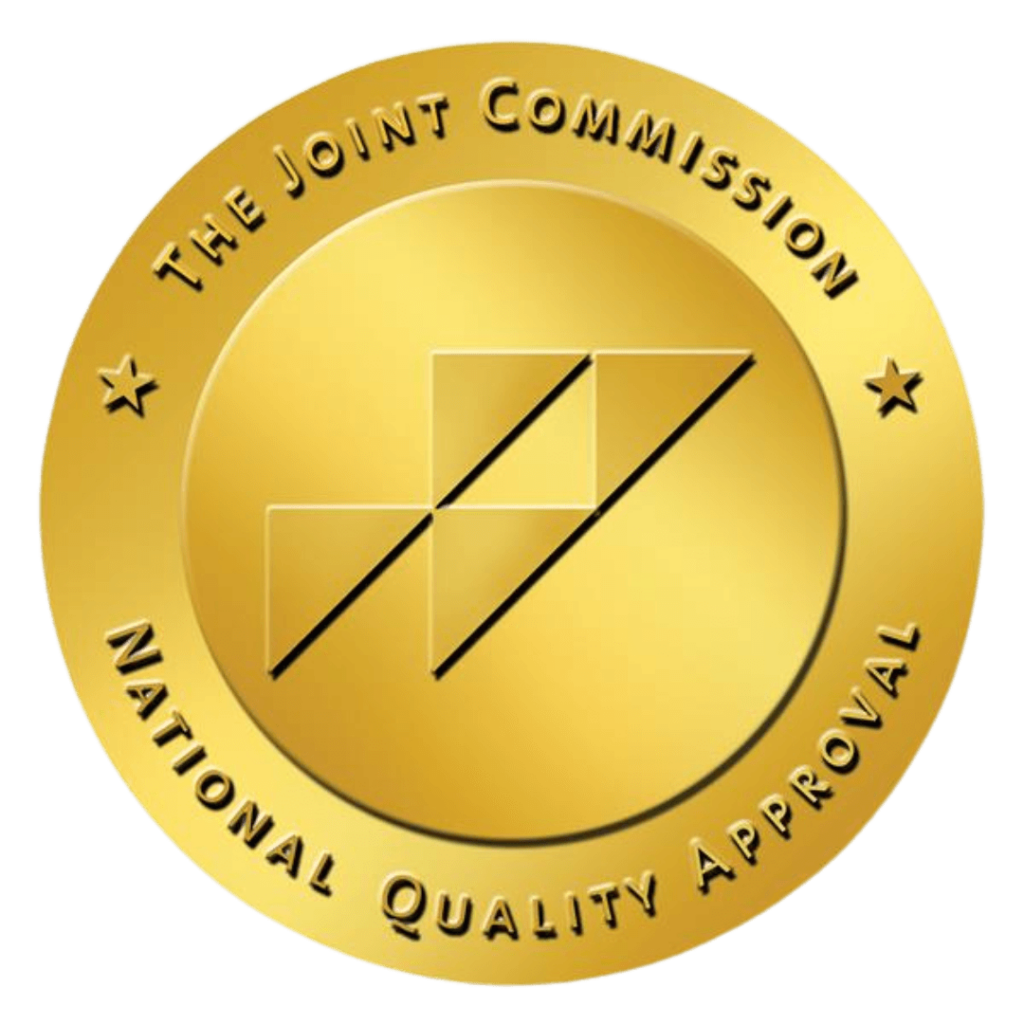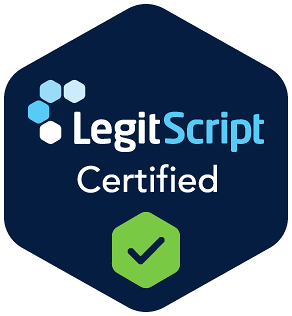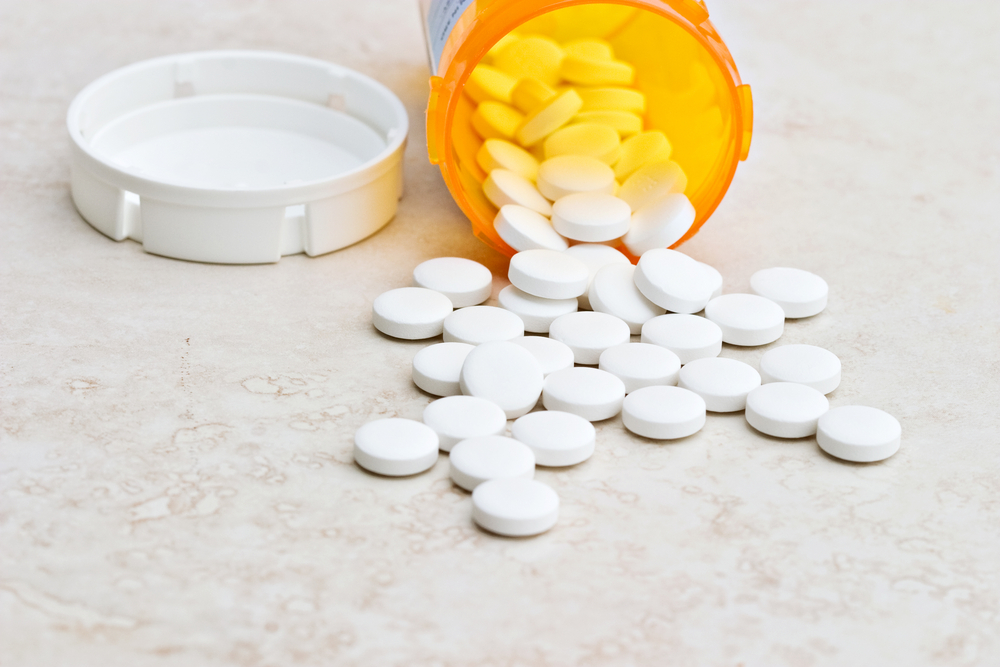
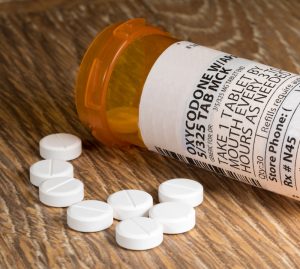 Oxycodone Addiction Treatment
Oxycodone Addiction Treatment
At Restore Drug Treatment LA, we specialize in treating opioid abuse and dependence and have extensive knowledge and experience in providing effective treatment for Oxycodone addiction. We provide the highest quality of care through the use of comprehensive treatment, individualized recovery plans, and lifelong aftercare support. Our approach to drug treatment is unique, in that we focus on more than just your physical addiction, and instead gear our efforts towards treating the whole person – mind, body, and soul. We continue to refine and enhance Oxycodone treatment programs to maintain high recovery rates among clients by preparing them mentally, physically, and emotionally for success in life after treatment.
What is Oxycodone?
Oxycodone is a semi-synthetic opioid that is derived from Thebaine, an alkaloid found in the opium poppy plant. It is an opioid analgesic used for the treatment of moderate to severe pain. Oxycodone is a prescription drug on its own, but is also used in combination with aspirin, acetaminophen, or ibuprofen to create a variety of other prescription painkiller drugs, such as OxyContin and Percocet.
Oxycodone is classified as a Schedule II/IIN drug under the Controlled Substances Act, meaning that it has a high potential for abuse which can lead to a physical and psychological addiction. More often that not, it is the people who are prescribed this medication that seek oxycodone addiction treatment in the long run.
If you are struggling with oxycodone abuse and have a strong desire to obtain a life without drug use, pick up the phone and call the admissions counselors at Restore Drug Treatment Center today.
History and Trends of Oxycodone
In 1916, at the University of Frankfurt in Germany, Oxycodone was synthesized from Thebaine – an opium alkaloid – by Freund and Speyer. Several years down the line, Bayer – a German pharmaceutical company – stopped producing heroin because of the dangers and drug dependency that came with it. The idea was that this drug derived from thebaine will provide the same analgesic effects as morphine and heroin, however, it would cause less dependence and addiction among the users. Oxycodone was first used clinically in 1917.
In May 1939, Oxycodone was marketed in the United States. Decades after, at the beginning of the 1960s, the US government decided to classify Oxycodone as a Schedule II Controlled Substance drug. In 1996, Purdue Pharma started to market OxyContin as a specific formulation of Oxycodone.
Data collected from The National Survey on Drug Use and Health in 2013, reported that of the people ages 18 to 25 who were surveyed, 9.9% said they had abused Oxycodone at least once in their lifetime, compared to 6% of people aged 26 and above.
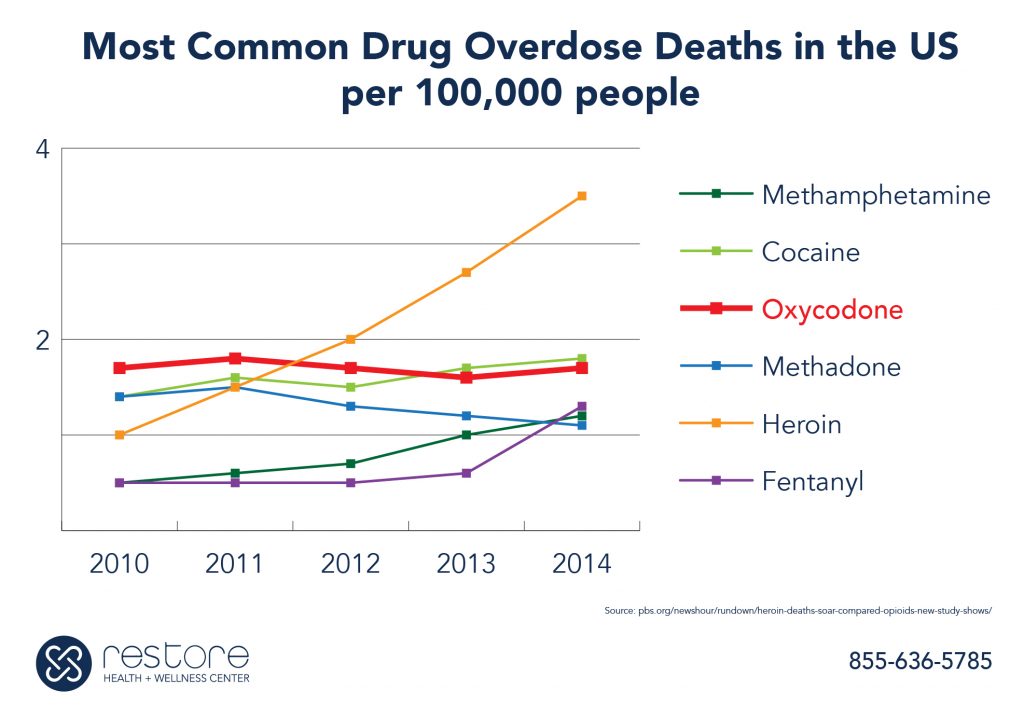
Oxycodone is taken orally in most cases, which comes in the form of a tablet or oral solution, and is the approved method of administration in the United States. However, Oxycodone is also available for intravenous (IV) and intramuscular (IM) use, approved in the Netherlands and the United Kingdom.
Oxycodone Abuse and Dependence
When someone is taking opioids, it is fairly possible that his body will develop tolerance pretty fast. If a certain amount of pain was first relieved by an Oxycodone dose of 10 milligrams, the user will be likely to seek a higher dose in due time. Very soon, if this person is not in a position to acquire Oxycodone to relieve pain via his or her doctor, he would most likely start seeking for the drug via illicit channels. At a certain point, the user will develop a high level of Oxycodone tolerance, so if the dose is decreased or cut, they would experience severe withdrawal symptoms in a matter of hours.
According to the federal government’s National Survey on Drug Use and Health, more than 7 million Americans abused OxyContin (an approved formulation of Oxycodone) in the past 20 years. On top of these numbers, Oxycodone is the main reason for the opioid prescription epidemic, culminating with over 190,000 death from overdoses using OxyContin since 1999.
Recognizing The Signs and Symptoms of Oxycodone Dependence
If Oxycodone is used as prescribed, it brings pain relieving properties along with reduced anxiety, being the desirable effects of the drug. However, as a very powerful pain-relieving drug, Oxycodone can trigger some negative side effects, including nausea and vomiting, loss of appetite, abdomen pain, dizziness, dry mouth, constipation, general weakness, frequent mood changes, headaches, drowsiness, sweating e.tc. Such side effects are very unpleasant for the user and get even worse as the dose is increased.
Oxycodone abuse is dangerous, since taking larger doses than prescribed can also lead to irregular heart rate, seizures, difficulty breathing and swallowing, chest pain and similar. Once the user is not in a position to receive the daily dosage of Oxycodone, the withdrawal symptoms kick in making the user sweaty, restless and agitated, suffering from muscle pain, diarrhea, bone pain, insomnia, depression, nausea, chills, and vomiting.
In terms of Oxycodone abuse and Oxycodone addiction, some short-term physical and psychological symptoms can be seen, mainly similar to some of the side effects mentioned above. Such symptoms include:
- Extreme relaxation
- Euphoria
- Pain relief
- Sedation
- Nausea and vomiting
- Postural hypotension
- Stomach pain
- Extreme drowsiness
- Flushing
- Irregular heart rate
- Reduced anxiety
- Lightheadedness
- Itching or break of a rash
- Face, throat, tongue, lips, eyes, hands, feet or ankles swelling
- Impaired breathing and swallowing
- Seizures
However, the short-term Oxycodone abuse symptoms are not much when compared to the long-term physical and psychological symptoms that often happen as a result of Oxycodone dependency. These include, but are not limited to:
- Kidney failure
- Severe constipation
- Liver failure
- Persistent vomiting
- Lowering the heart and lungs functions on a dangerous level
- Muscle cramps
- Difficulty to function in the daily life
- Severe withdrawal symptoms
If Oxycodone or any of the formulations are mixed with alcohol or any other strong drug, some potentially life threating side effects are guaranteed to happen, such as nausea, vomiting, seizures, dehydration, changes in blood sugar and in blood pressure, dizziness, loss of coordination and focus, passing out, coma and even death.
Why is it dangerous to detox from Oxycodone at home?
Oxycodone withdrawal happens when the drug is being eliminated from the user’s body and brain during the Oxycodone detox phase. Withdrawal from Oxycodone is a pretty complicated procedure requiring constant supervision, so it is best to reach out to an Oxycodone treatment center to get the best Oxycodone drug treatment.
Oxycodone withdrawal starts 8-12 hours of taking the last dose, culminating in the first 72 hours. The physical symptoms usually last for about a week, however, the psychological symptoms and drug craving will stick around for a longer period. An important factor determining the longevity and severity of the Oxycodone withdrawal symptoms is the formulation in which Oxycodone was taken. If the drug is injected or snorted, it will reach the bloodstream faster, triggering an instant effect and staying active for a shorter time. But if the drug is swallowed, it runs through the digestive system, prolonging the desired effect and leaving the body intoxicated for longer.
Detoxing from Oxycodone at home without the supervision of addiction specialist and clinical professional can be extremely dangerous. Having no support or supervision in the process of detox can cause you to suffer severe and uncontrolled withdrawal symptoms, possibly leading to health complications or relapse.
During Oxycodone detox, patients are monitored 24/7 to ensure safety, as well as supervise and tend to withdrawal symptoms, which are often the most severe during the first five to seven days. However, if the person was taking larger doses or has a longstanding addiction, the detoxification process may take up to 10 days. The purpose of Oxycodone detox is to break the patient’s physical dependence on the drug and stabilize them prior to the start of Oxycodone rehab, which can take place in a residential or outpatient treatment setting.
What does treatment for Oxycodone addiction entail?
The inpatient or residential programs involve clients living in the rehab facility for the duration of Oxycodone addiction treatment. Live-in programs can last anywhere from a few weeks to several months. During the rehabilitation process, clients take part in various individual and group therapy sessions and learn productive methods of coping with their addiction and triggers to use. Residential rehab facilities have many benefits that enhance treatment outcome success rates, some of which include:
- Unending support and supervision from clinical staff
- Individualized treatment plans that tailor to fit the needs of the client
- Planned activities throughout each day that promote addiction recovery and sobriety maintenance.
There is an option for less time intensive outpatient treatment programs, best practiced for the users taking Oxycodone for a shorter period of time or in lower doses. This type of program offers weekly or daily therapies and counseling, along with useful education sessions in the way of recovery from Oxycodone. It also provides certain techniques that would help the user to avoid future relapse.
Dual diagnosis treatment for co-occurring disorders is offered in both residential and outpatient rehab. A person who is diagnosed with co-occurring disorders suffers from a mental illness in addition to a substance use disorder, which requires dual diagnosis treatment to address both disorders simultaneously. If only the drug dependency is treated, it is likely that the mental health disorder will eventually lead the individual to relapse and return to a cycle of drug abuse. Restore Treatment LA provides behavioral therapy for its patients as well in the path of Oxycodone recovery.  Behavioral therapy works to remove and replace old habits with new, positive activities and routines.
Behavioral therapy works to remove and replace old habits with new, positive activities and routines.
Regardless of the program choice, it is of essential for clients to continue seeking aftercare support following treatment for sobriety maintenance. They are various forms of aftercare used in addiction recovery, such as group meetings, individual therapy, alumni programs, and holistic therapies. As a highly professional and accredited Oxycodone drug treatment center, Restore Treatment LA offers specifically tailored programs and aftercare support for all of their patients.
Oxycodone abuse can severely damage your health, your daily life, and close relationships. The best way to get back on track is to speak to an Oxycodone treatment center advisor and find a recovery program today.


